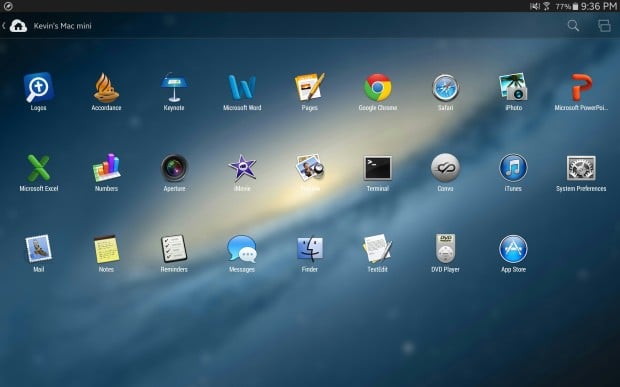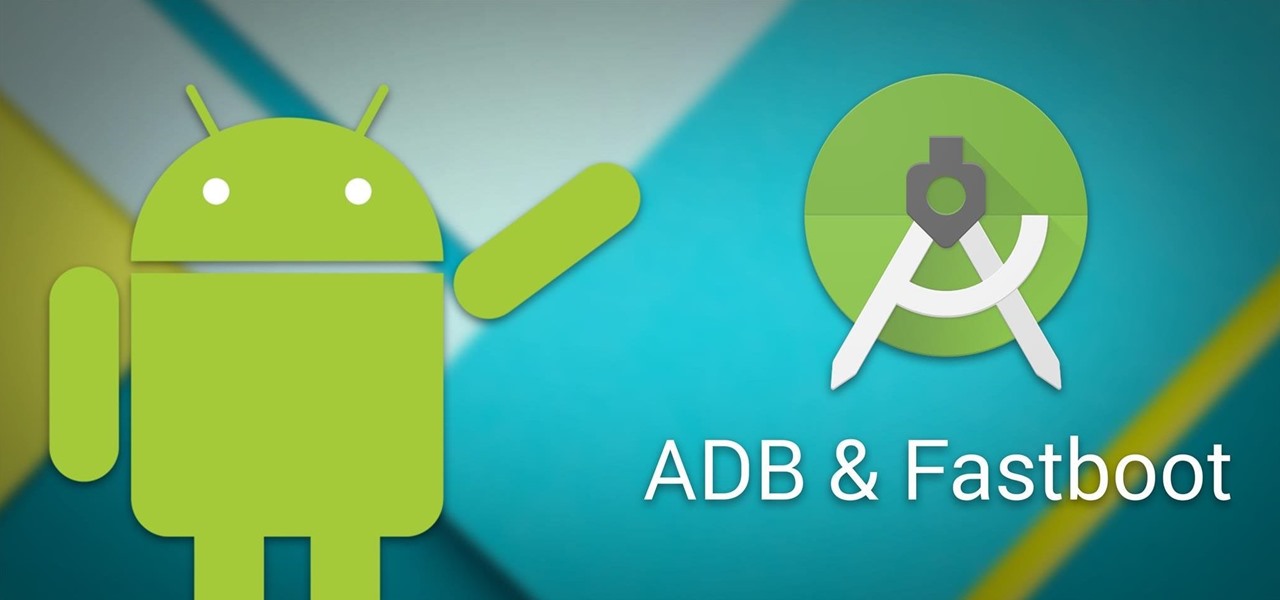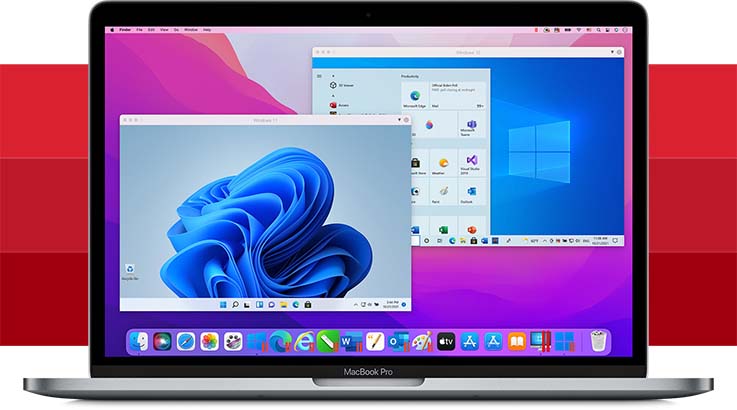

- #HOW TO PUT ANDROID ON MAC MINI HOW TO#
- #HOW TO PUT ANDROID ON MAC MINI INSTALL#
- #HOW TO PUT ANDROID ON MAC MINI ZIP FILE#
- #HOW TO PUT ANDROID ON MAC MINI FULL#
- #HOW TO PUT ANDROID ON MAC MINI PC#

Now you will need to press and hold the power button and volume up button briefly before releasing the volume up key. Your Pixel device will now load into the bootloader, which is where we’ll need to be to send some commands.Īlternatively, you can press and hold the Power button and volume down key until you see the Android figure lying down. Now enter the following command to start the adb daemon: This will open a Command Prompt window in the right place.
#HOW TO PUT ANDROID ON MAC MINI PC#
The simplest way is to connect your device to your Windows PC and open the platform-tools folder and typing “cmd” into your file manager address bar. Note: Do not extract into an internal sub-folder, just extract all files into the main platform-tool folder. You will need to add this file and unzip its contents to the platform-tools folder for access later on. You can grab it from Google’s Factory Image OTA hosting site, which contains all Factory Images for Pixel devices. This is essentially just a blank slate for your smartphone or snapshot of that particular Android build at that time. You’ll need to download the correct Factory Image for your device. This is necessary for the Android 13 downgrade process. Download the Factory Image for your device Now scroll slightly further down to the “Debugging” section and tap the “Allow USB debugging” option. Before we are ready to continue, you will need to scroll down and enable “OEM unlocking” as this is integral for further steps.

Now you need to head to Settings > System > Advanced > Developer options (you may need to expand a hidden menu for this). You can do that by heading to your device Settings > About phone, now tap “Build number” until a message confirms that you have Developer options enabled. Enable USB debugging and OEM unlockingįirstly, ensure that you have Developer Options enabled on your Pixel. Once Nexus Tools is finished, you can run adb, fastboot, and other commands with zero problems or issues. Nexus Tools has been written in Dart, so it can run on Linux, macOS, Windows, Windows Subsystem for Linux, and Chrome OS.
#HOW TO PUT ANDROID ON MAC MINI ZIP FILE#
You can download the latest platform-tools zip file from here.Īlternatively, Nexus Tools from Corbin Davenport offers a very simple way to ensure that you have the very latest version of Platform-Tools on your Windows, Mac or Linux machine at all times. We recommend installing the unzipped platform-tools package on your desktop for quick access when running commands. You’ll need to use ADB or Android Debug Bridge to downgrade your current Android 12 build to an older version.
#HOW TO PUT ANDROID ON MAC MINI INSTALL#
Download and install Android SDK Platform-Tools package Download the Factory Image for your deviceġ.
#HOW TO PUT ANDROID ON MAC MINI HOW TO#
Video - How to downgrade from the Android 13 Developer Preview on Google Pixel.We have also added Android Flash Tool instructions for those wanting to use the Chrome browser-based flashing tool.
#HOW TO PUT ANDROID ON MAC MINI FULL#
You WILL lose your device data, as this method requires a FULL device wipe, and it will be wiped several times during this process. Firstly, be sure to back up all of your data before even attempting this. That said, thanks to the Android Flash Tool, it’s easier than ever to flash factory images on Pixel hardware.īefore we start it’s important to note that you’re going to need to do a few things before you can revert back to a stable Android 12 build. This process has barely changed since the Google Pixel series launched back in 2016, so it might be familiar to long-time users and Android fans, but it’s not necessarily as widely known by those new to the mobile platform – hence this walkthrough. Because of that, it’s only fair that we show you how to downgrade from this build if you simply don’t like it or encounter problems you hadn’t foreseen ahead of time. Luckily, you can downgrade your OS to a stable version of Android 12 if you encounter any major problems or just don’t like the current incarnation.Īlthough it’s not highly recommended given it’s a developer-focused build for a little while longer, we have shown you how to install the Android 13 Developer Preview on your Pixel. You might have slapped the Android 13 Developer Preview on your Google Pixel and are missing out on a few things or not having the best experience.


 0 kommentar(er)
0 kommentar(er)
